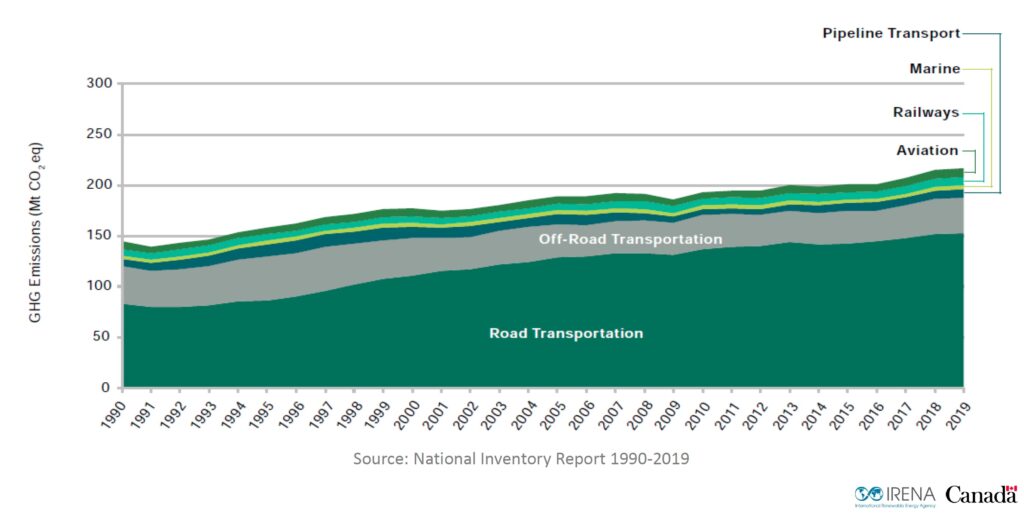Upcoming Events
Will be announced
Past Events
BC SMART Consortium/IEA Bioenergy Task 39 webinar: Decarbonizing the rail sector via the use of low carbon-intensive fuels was held on 12th May 2022, 8:00-9:30 am PST (17:00-18:30 CET)
If you would like to find more information about the webinar and the panellists, please click here to see the flyer.
Webinar recording
The webinar recording can be downloaded here

The world’s rail sector transports 7% of global freight and represents 8% of the world’s motorized passenger movements. However, it only consumes 2% of the energy used by the transport sector and is responsible for only 0.3% of the direct GHG emissions derived from fossil fuel combustion. Railways in Canada accounts for only 1.1% of Canada’s total emissions (7.7 Mt of CO2e). Although some rail freight runs on electricity, diesel predominates in many parts of the world. Similar to other long-distance transport sectors (aviation, shipping and trucking), improved fuel efficiency is the current way in which the rail sector hopes to initially reduce its GHG emissions. For example, the Canadian rail-freight sector has reduced the intensity of its GHG emissions by over 40% since 1990 by improved fuel efficiency strategies. However, these “increased efficiency” activities will not be enough if the rail sector is to meet its 2050 decarbonisation targets.

Although the sector is actively pursuing various decarbonization strategies, rail transport is capital intensive with locomotives considered to be long-term assets. Consequently, the use of “novel”, low carbon intensity (low CI) fuel options will be challenging as there are significant economic barriers to large-scale fleet replacement. For example, increased electrification of Canada’s existing rail will be problematic due to the need for significant up-front investments. Similarly, zero-emission technologies such as battery-electric, hydrogen and fuel cells for locomotives are still evolving and will require more testing and demonstration before they are fully commercialized.
As will be described, bio-based diesels, including biodiesel and renewable diesel, are readily deployable, low CI options that the rail sector can use to reduce their GHG emissions. However, their high price (as compared to conventional diesel) is a major challenge plus some original engine manufacturer warranties limit biodiesel blends to 5% and renewable diesel blends to 30%. To date, most bio-based diesels have been used by the road transportation sector, primarily due to biofuels mandates and supporting policies. To encourage the use of bio-based diesels in the rail sector, the current and evolving government policy landscape needs to include this sector (i.e., allowing the rail sector to generate credits in the federal Clean Fuel Regulation). It is likely that, given the right support and opportunities, there is significant potential for the rail sector to switch to the increasing the use of more low CI fuels.
Supported by:


